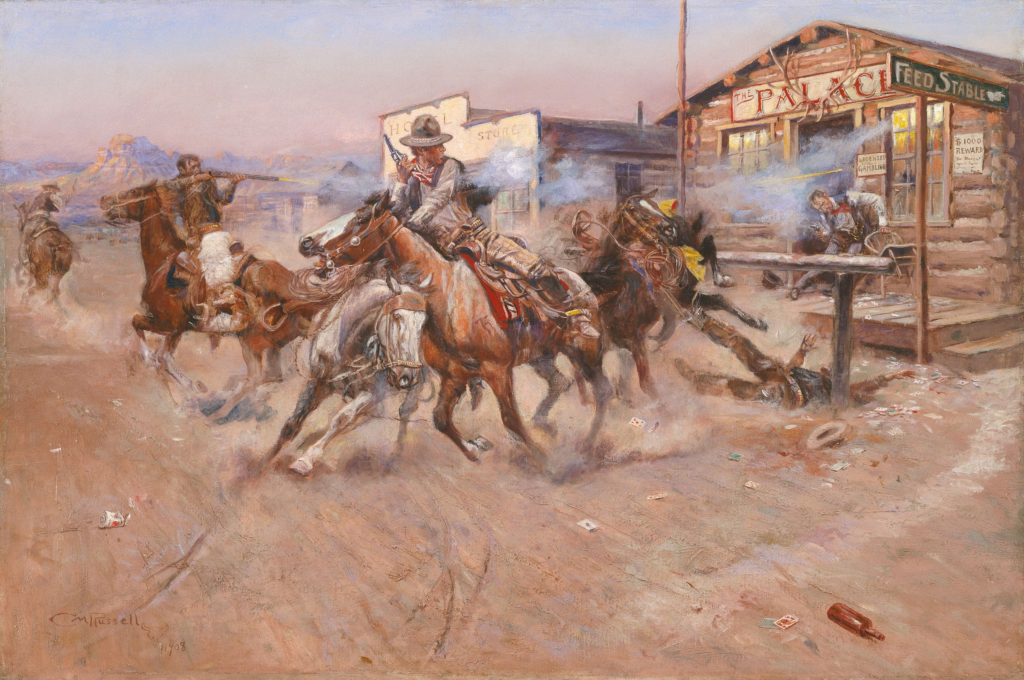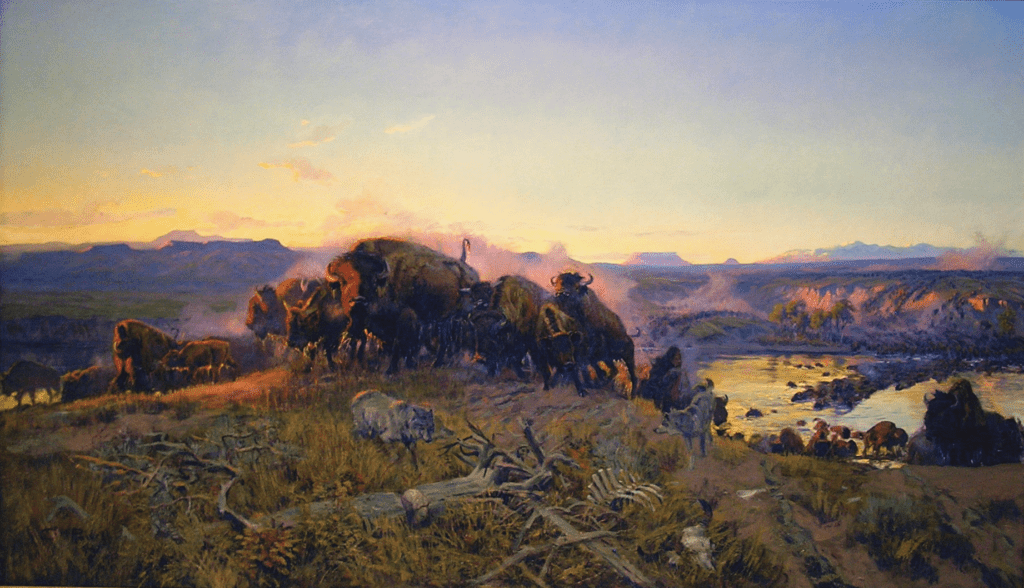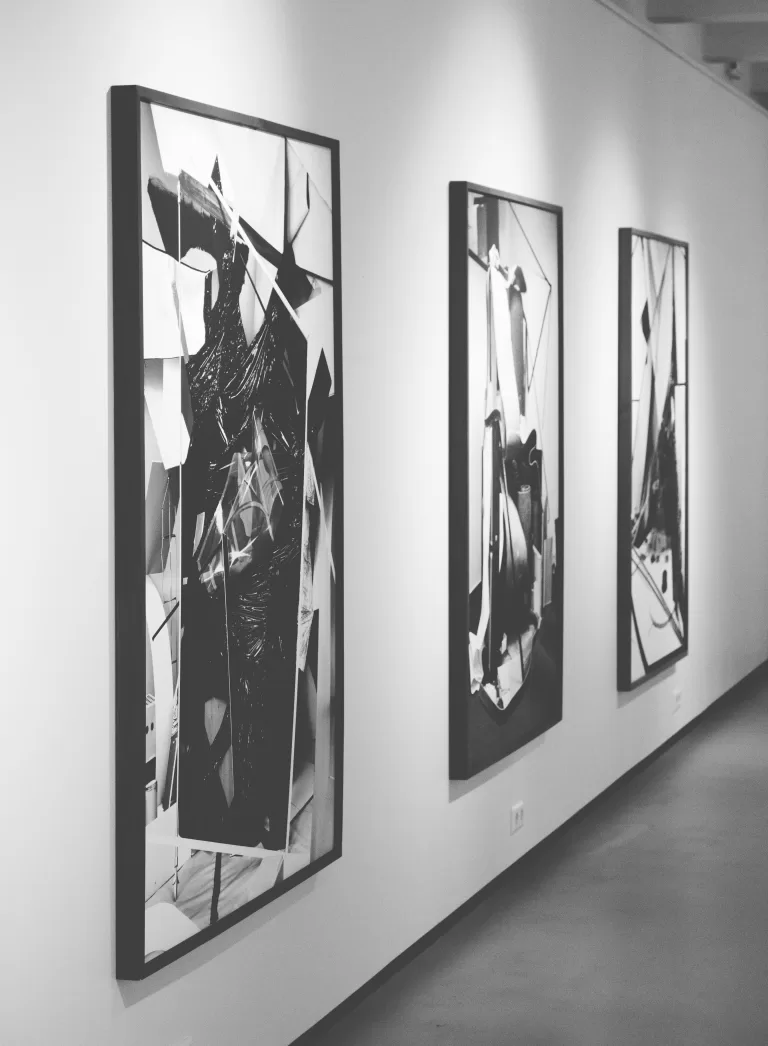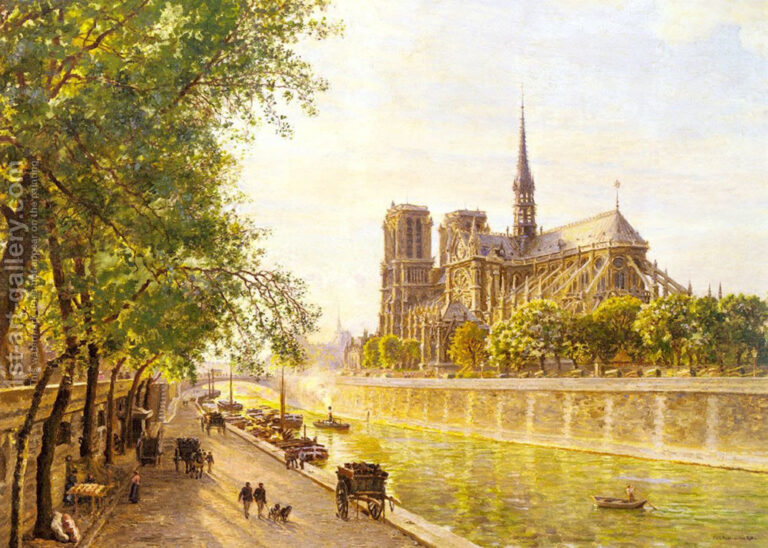American historical painter Charles Marion Russell may not have been born in Montana, but he loved the place so much that he spent much of his life painting the land and its people. He died in the great state in 1926 and is remembered today as one of the state’s most celebrated figures.
Montana is and has always been one of America’s wildest and most untamed territories. It is the home of the famous Yellowstone National Park, which includes wildlife such as grizzly bears, bison, mountain lions, and wolves. In addition, it has nicknames such as Big Sky Country, Land Of The Shining Mountains, and The Last Best Place due to its abundance of natural beauty and lack of human habitation.
During the late 19th and early 20th centuries, Montana was one of the premier examples of the old west lifestyle. The area was filled with many native American tribes, and the cowboy influence there was as prominent as in any other state in America. Artist Charles Marion Russell was one such cowboy.
The Legacy Of Artist Charles Marion Russell: Montana Worships The Man Who Chronicled The Old West
Going Out West
As soon as Charles Russell came of age, he left home searching for adventure. As a youth, he had been obsessed with cowboys and what they stood for. It was his dream to live a life of freedom as a cowboy, and he made his way to the wild lands of Montana to do just that.
He took up various ranching jobs for a few years, where he learned all about what it took to thrive in the west. During this time, he also began to take painting more seriously. He drew many watercolor paintings of a ranch hand’s daily duties and the documentation of the harsh Montana winter.
These early Charles Russell paintings started to get him noticed around town, and commissions became more frequent. From this point on, Russell’s career path shifted from living the simple life of a cowboy to painting everything the Old West had to offer.

Living With The Natives
The following year, for reasons only known to himself, Charles Marion Russell decided to leave the ranch to go and live with a Native American Tribe local to the area. The tribe, known as the blood Indians, took Russell in as one of their own and showed him their ways and customs.
As a result of his time spent with the tribe, Russell acquired valuable knowledge of their culture and is still regarded as one of the most important historical sources on the subject to this day. Of all the artists who documented Native American culture, Russell’s artwork is considered the most accurate.
This respect for the Native American people continued all throughout Russell’s life and career. He painted dozens of great paintings during his time there and produced even more in the following years. They are the most substantial collection and are worth checking out for any old-west art lover.
All For One And One For All
Western artist Charles Marion Russell’s respect for the Native American people went further than just documenting their unique culture and immortalizing them onto the art canvas or with bronze sculptures. He also became one of the leading Native American advocates for the region.
He had lived alongside them for long enough to know that they weren’t the bloodthirsty savages the mainstream media tried to depict. They were actually a society of high culture living in harmony with nature and valued honor, bravery, and peace above all else.
He helped establish land for a reservation in Montana for a tribe of Natives called the Chippewa. This act of kindness, alongside the many masterpieces Russell dedicated to honoring the natives, cemented his legacy as the leading artist for the forgotten voice of these indigenous Americans.
The Romance of the Old West
Although Charles Russell’s art is not technically classed as Romanticism, his phenomenal paintings are highly romantic in nature. This romantic perspective stems primarily from the artist’s own love and idealistic views of the ways of the cowboy and the grace of the Indian.
It has been said that an artist is only as good as their imagination, and when it came to depicting wild west scenes, Charles Russell had an incredible imagination. If the life of a cowboy wasn’t exciting enough on its own for a topic of painting, there were also the breathtaking backdrops of the monumental Montana landscapes themselves.
This combination of high-octane action and serenely epic scenery makes Charles Russell’s painting so memorable. They brilliantly showcase not only all the drama of the old west but also act as timeless symbols of the bravery and determination of the human spirit.

The Legacy Left Behind
When talking about Charles Marion Russell’s legacy, there are so many more layers to it than just being one of the greatest American painters of all time. He successfully preserved both the cowboy and Indians to the point where they are still world-famous today.
As a reward for his hard work, Charles Russell’s memory has also been preserved and memorialized in Montana and across the United States. The Charles Marion Russell Museum in Great Falls, Montana, the place of his death, boasts a collection of over 2,000 works of art belonging to the artist.
There are other museum collections in Wyoming and Texas, also. He has been inducted into several American art halls of fame, and parks and schools proudly bear his name today. His paintings are worth millions of dollars today and are irreplaceable pieces of American history.
Conclusion
Charles Russell’s legacy is essential to the American identity. The images within his art have become key to the history of American culture. He is one of Montana’s most treasured icons, and his art is essential to both the story of the state and the story of America itself.



